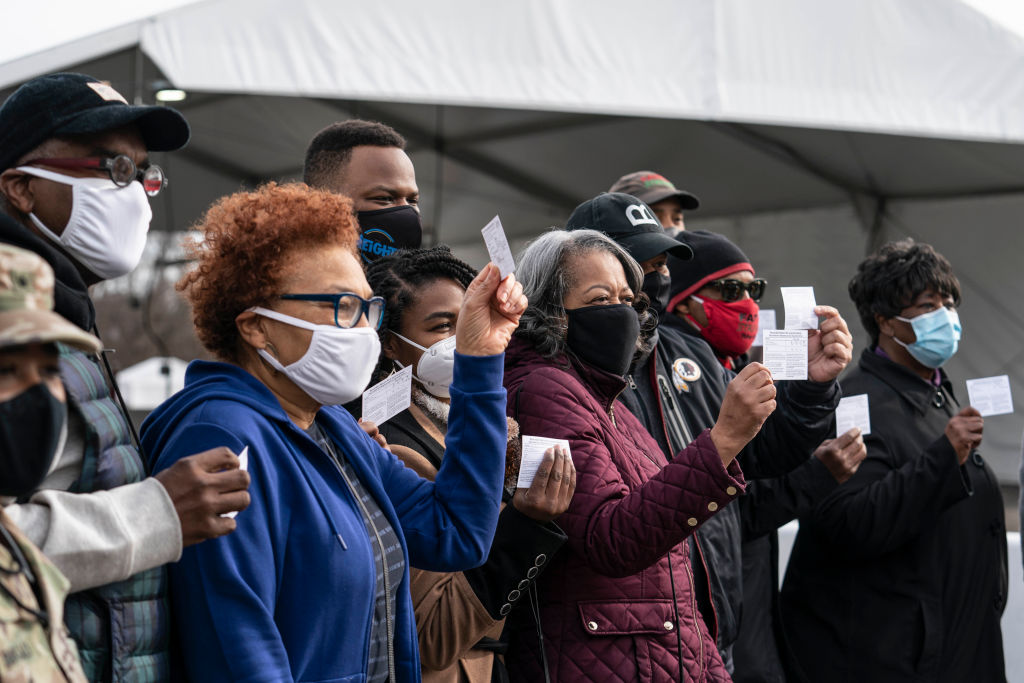Based on data from Prince George’s County (as of April 19, 2021, see Current Status tab), Black residents in Prince George’s County are 10% more likely to die from COVID-19 than are the county’s White residents. Yet, the vaccination rate for Black residents (57%) is seven percentage points below their COVID-19 death rate (64%), while the vaccination rate of White people (16%) is four percentage points above their COVID-19 death rate (12%). Latinx residents of Prince George’s County are 2.8 times more likely to get COVID-19 than White residents. Yet, the Latinx vaccination rate (9%) is 15 percentage points below their COVID-19 case rate (24%), and White residents have a COVID-19 vaccination rate (16%) that is 11 percentage points higher than their COVID-19 case rate 5%).









